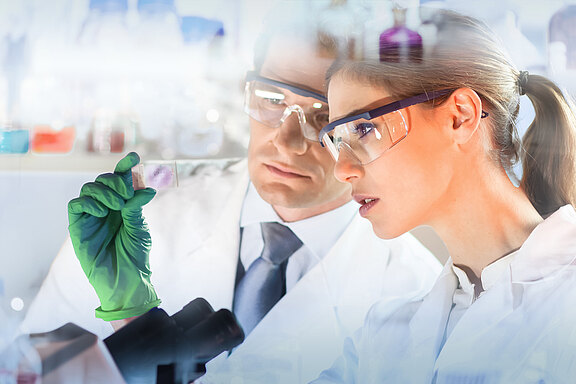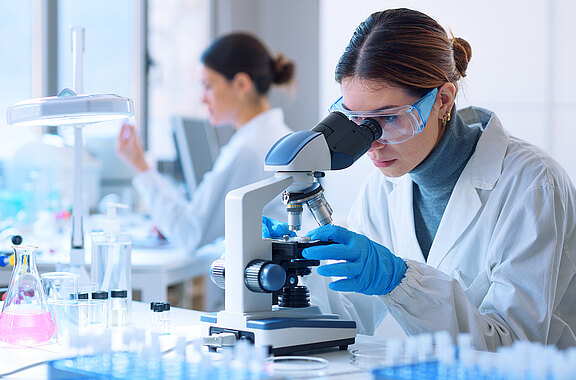
ReducingCO2 pollution in the construction sector is of great importance to us, as this sector accounts for a significant proportion of global greenhouse gas emissions.
As a developer and manufacturer of innovative and sustainable building materials, we see it as our duty to reduce the ecological footprint of the construction industry and create high-quality and durable buildings. Natural materials often offer a promising basis for such developments, as they generally consume fewer resources and are less harmful to the environment than conventional building materials.
Close cooperation with architects and construction companies is equally important to us, as they play a key role in the implementation of new materials in real construction projects. This co-operation ensures that the new building materials are not only ecologically compatible, but also meet the functional and aesthetic requirements of modern buildings.

Resource efficiency with environmentally friendly technology
The innovation of this project is to produce coatings that have a very high resistance and lasting antiviral effectiveness and can be applied to existing surfaces at any time, even retrospectively.
Due to the current pandemic, it is important to minimise exposure to viruses on surfaces. Studies on various materials have shown that halving the surface colonisation with SARS-COVID-19 can take more than 16 hours. It therefore makes sense to create antiviral surfaces that immediately reduce or kill the viruses.
Surface finishes with an antiviral effect currently available on the market are mostly based on the successive release of metal ions, nanoparticulate metal (e.g. silver) or organic active ingredients. As a result, the active ingredients are used up over time and the coatings have to be renewed after a certain period of time. Another negative effect is that these active ingredients are released into the environment. There they can have a harmful effect on organisms. The toxicity of silver ions and nanoparticulate silver for aquatic organisms has already been proven in several studies.

In contrast to previous products, in our photocatalysis approach the catalyst is firmly bound in the coating matrix and the effect is based on the generation of mobile, highly reactive hydroxyl radicals that react/decompose immediately. This means that no environmentally toxic substances can be released into the environment. The advantage is therefore that the materials have a killing effect on viruses without being consumed and do not release any harmful substances into the environment.
Newly developed photocatalysts are activated using existing light sources or daylight. UV light sources are no longer required. By activating the active mechanism, viruses in the air, e.g. in aerosols and droplets, can also be destroyed when they hit the surface (during the diffusion process). As a result, the air pollution caused by viruses, e.g. in hospitals and many public facilities, can be reduced to a certain extent.
The project is being developed in collaboration with partner companies and renowned organisations for the promotion of applied research. This enables the constant exchange of ideas and access to the latest findings and technologies. A project that has been contributing to the funding policy goal of healthcare technology since 2021.
